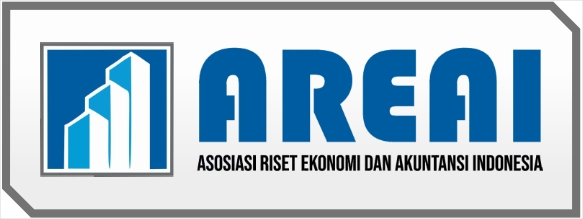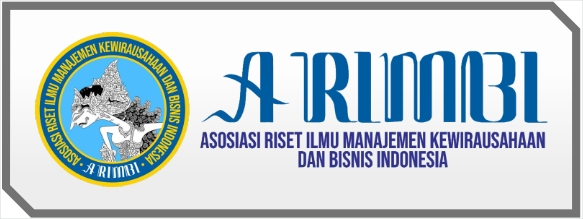 |
| .: e-ISSN : 2615-7918 :. |
| .: p-ISSN : 2502-1818 :. |
| Tim Editorial |
| Reviewers |
| Fokus & Ruang Lingkup |
| Proses Review |
| Etika Publikasi |
| Panduan Penulisan |
| Kebijakan Publikasi |
| Hak Cipta & Lisensi |
| Kebijakan Akses Terbuka |
| Kebijakan Arsip |
| Kebijakan Plagiarisme |
| Surat Keputusan Lembaga |
| .: Indexing :. |
 |
 |
 |
 |
 |
 |
| .: Komunitas :. |
 |
 |
 |
 |
| .: Informasi :. |
| Untuk Pembaca |
| Untuk Penulis |
| Untuk Pustakawan |
| .: Tools :. |
| .: Template :. |
| .: Visitor :. |
| |
Review Guidelines
General
- Give mark on the wrong part or part that need to be changed.
- Give mark on the right side of the wrong line or line that need to be changed.
Detail
- Title: effectiveness, specification, and clarity.
- Abstract: complete and describe the essence of an article.
- Keywords: describing the essential concept of an article.
- Introduction: up-to-date, originality, the relevance of the topic, compatibility of the important reason of the research object.
- Research Method: has to emphasize on procedure and data analysis for an empiric study.
- Result: analysis accurateness
- Findings: up-to-date finding, relevance to the interrelated researchers, and the scientific contribution effect of finding/idea to the development of science.
- Conclusion: logical, valid, brief, and clear.
- Suggestion: for practical action, development of new theory, and next/advanced research, picture/table: center located, not cut, good quality to viewed, picture/table title, referred with a capital letter.
- Bibliography: the degree of up-to-date and the reference to primary book sources.
- Rules: minimum 80% of the journals or the interrelated scientific researchers, above 2007 (year), the number of book sources minimum 10; minimum 80% in the text/material of art.
Full Review Process of Manuscript
- Writing: Is the manuscript easy to follow, that is, has a logical progression and evident organization?
- Is the manuscript concise and understandable? Any parts that should be reduced.
- Eliminated/expanded/added?
- Note if there are major problems with mechanics: grammar, punctuation, spelling. (If there are just a few places that aren’t worded well or correctly, make a note to tell the author the specific places. If there are consistent problems throughout, only select an example or two if need be- don’t try and edit the whole thing).
- Abbreviations: Used judiciously and are composed such that reader won’t have trouble remembering what an abbreviation represents.
- Follows style, format and other rules of the journal.
- Citations are provided when providing evidence-based information from outside sources.
Categories Decision
- Publish : No Need Revision
- Minor : Revision can be done by Editor-In-Chief or those who help
- Major : Revision can only be done by author
- Rejected : Unproperly scientific or too many



